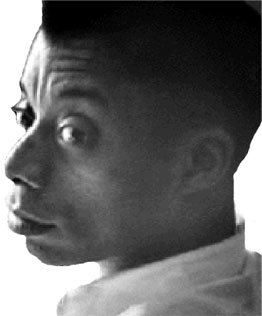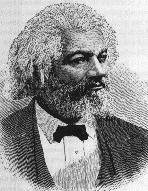aa
|
Marcus Garvey
African Zionism
Garvey's philosophy of racial loyalty expressed in the School of
African Philosophy as well as in his other speeches and writings, was earlier
influenced by the Zionist movement. At the Fourth UNIA International Convention
in New York in August 1924, for example, a reporter for a Hebrew Zionist
newspaper was heard to exclaim across the press table, "This is Negro
Zionism." The Dahomean protonationalist Kojo Tovalou-Houénou declared at the
same convention that "your association, Mr. President . . . is the Zionism of
the Black Race."
Identification of Garveyism with Zionism is a theme that runs
throughout commentaries on the Garvey phenomenon. In a November 1922 interview,
Claude McKay stated that the Garvey "movement has all the characteristic
features of the Jewish Zionists." The same ideological identification
persisted after World War II. In the classic statement of the theory and
practice of postwar pan-African liberation, Pan-Africanism or Communism, George
Padmore addresses the prehistory of the movement and describes the phenomenon of
what he defines as "Black Zionism or Garveyism." Amy Jacques Garvey also
described Garveyism in her 1963 memoir as "Black Zionism."
The political parallels between Garveyism and Zionism were
remarkable. As irredentist phenomena, the twin movements were spawned in
significant ways by territorial and diplomatic developments during World War I
and by the perfervid debate surrounding the settlement of the nationalities
question and the issue of national self-determination, matters that were
important parts of the protracted peace negotiations. The ground-swell of
feeling on the part of black people toward Africa and of Jews toward Palestine
occurred within the same twelve months following the Armistice, the period that
many historians believe registered the greatest change in attitudes of Jews and
persons of African descent toward the question of national independence.
When interviewed by Michael Gold in August 1920, Garvey informed
Gold, "Many white men have tried to uplift them [the Negroes], but the only way
is for the [N]egroes to have a nation of their own, like the Jews, that will
command the respect of the world with its achievements." The men of the
American volunteer Jewish Legion---the first contingent of which was raised in
New York in February 1918---became identified as a kind of Jewish national guard
for Palestine, while the men of Garvey's uniformed Universal African Legion
(UAL), organized the following year, symbolized the armed detachment of African
liberation. At Garvey's mail-fraud trial the former UAL head Emmett L. Gaines
was asked by the government prosecutor whether the UNIA had a military branch.
He answered, "It has a uniform rank . . . like the Masons and Odd Fellows and
any other organization." To elucidate the character of his African legion,
Garvey then interjected the simple declaration---"Zionists."
In the case of both the Garvey and the Zionist movements, the
center of political organization was the United States, specifically New York.
Garvey launched a series of construction loans in 1920 that were analogous to
the Palestine Restoration Fund promoted by the Zionist Organization of America
for the avowed purpose of developing the "Jewish commonwealth of Palestine."
The various reconstruction funds that formed so intrinsic a feature of the
organizing efforts of both movements were a reflection of their shared concepts
of exodus and preparation. The Negro World of 8 August 1922, in providing a
summary of one of Garvey's speeches, reported that Garvey asked his audience "if
the Jews could have Palestine, why not the Negroes another Palestine in Africa?"
The hoped-for African Palestine, as conceived by Garvey, was to have been
Liberia. "We are asking the world for a fair chance to assist the people of
Liberia in developing that country," he announced, "as the world is giving the
Jew a fair chance to develop Palestine."
Similarly, a proposal presented at the September 1919 Chicago
convention of the Zionist Organization of America to transfer "all central
Zionist Administrative Institutions and activities" to Palestine was mirrored by
Garvey's announcement, in a Liberty Hall speech on 14 December 1919, that "after
the [UNIA] convention to be held next August the headquarters of the association
must be transferred to Monrovia, Liberia."

|
|
a |







